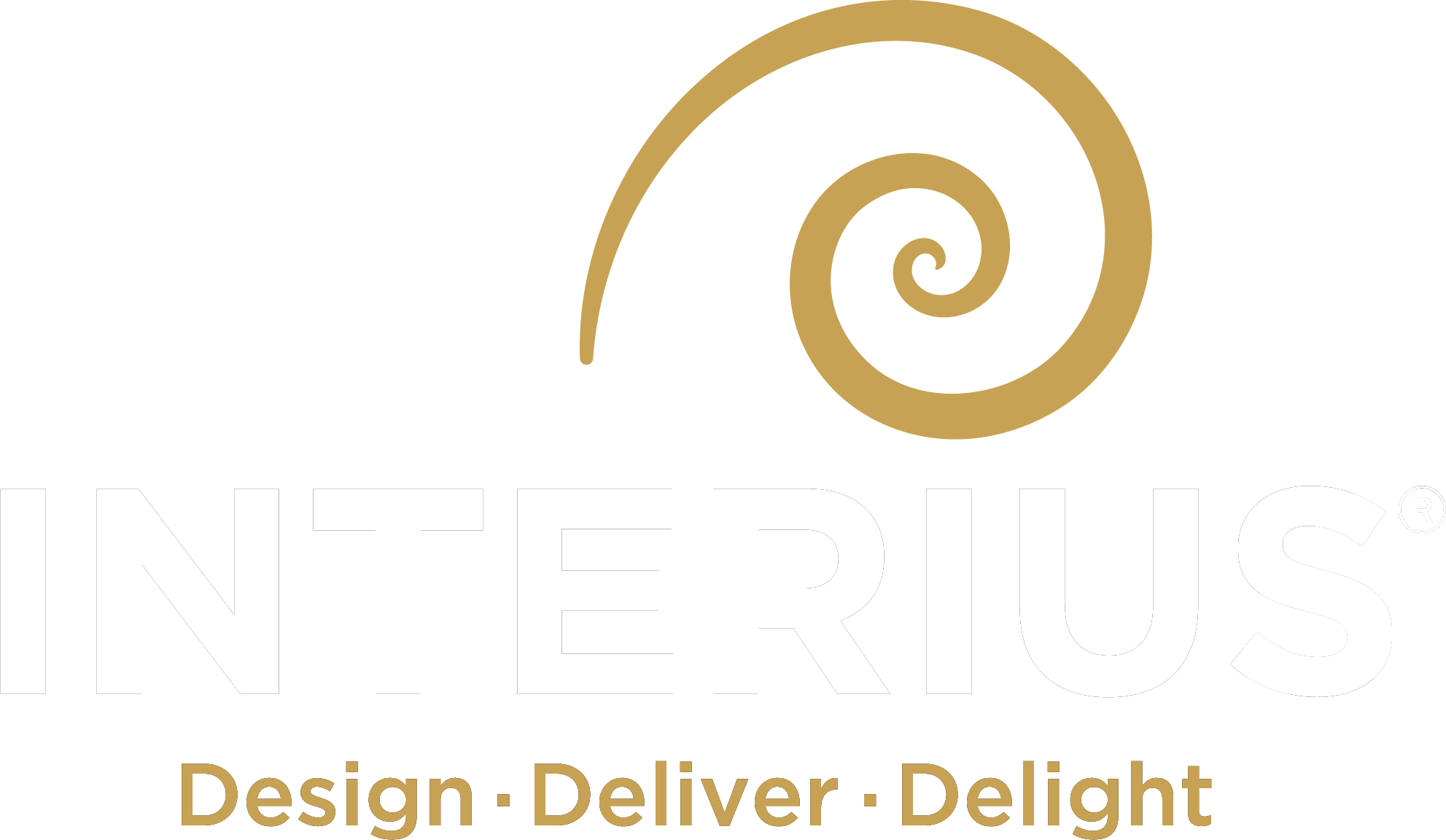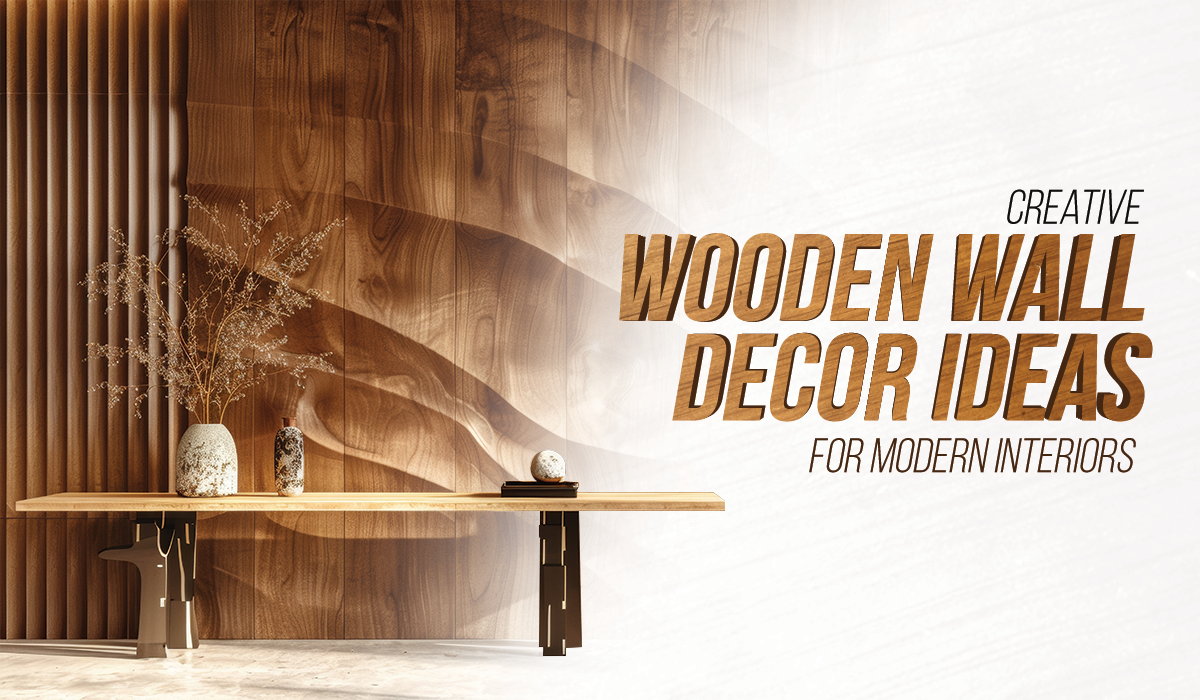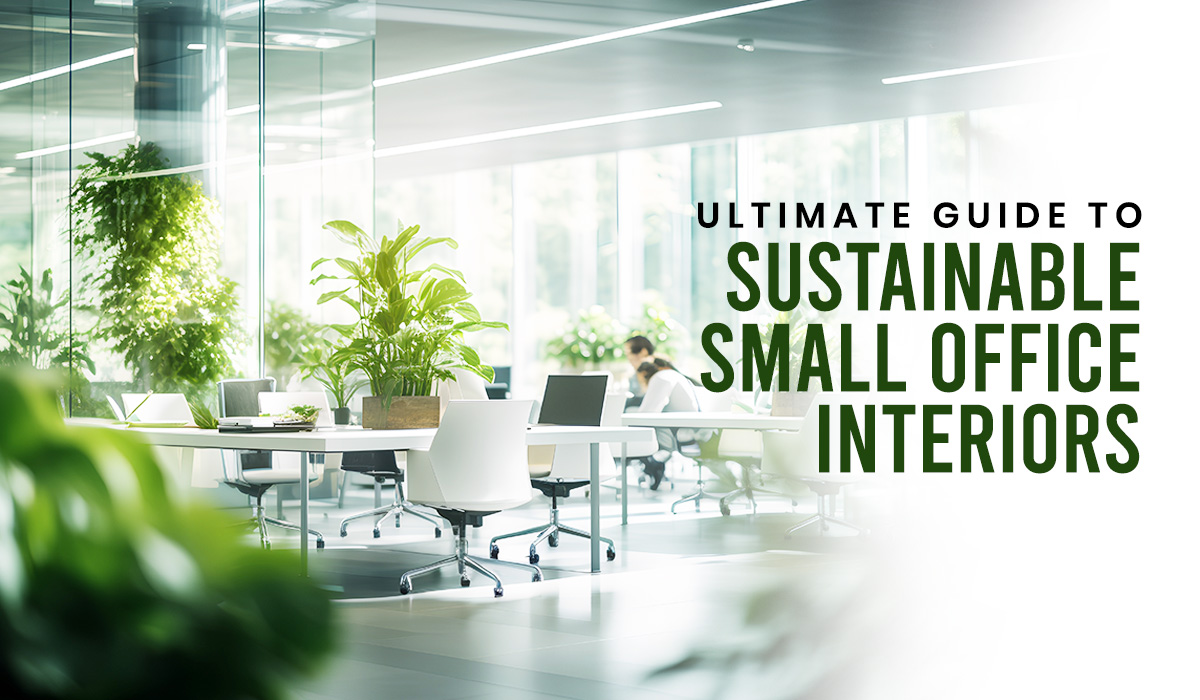7 Must-Have Features for Modern Office Interior Design
In the current era of fast-moving business environments, office space design must focus on boosting productivity, collaboration, and employee well-being. Modern office interior design implies more than just aesthetics, it serves practical purposes in upholding with changing work culture and the growth of technology.
Here are seven features important for every modern office interior design, which need to be included for creating an inspirational workspace.
Table of Contents
1. Open-Plan Office
Open-plan office layout is among the foremost trends in modern office interiors. This design abolishes the cubicle concept, encouraging communication and collaboration among employees. By opening physical barriers to their interaction, teams become more flexible to promote creativity and teamwork.
Benefits of An Open-Plan Office
Communication: Spontaneous conversations between employees, driven by cross communication in the environment, turn into innovative ideas.
Flexibility: Open layouts provide flexibility for moving furniture and space around with ease, depending on the team size and nature of the project.
Cost-Effective: The fewer the number of individual offices required, the lower the costs for construction and maintenance.
However, that vibrant environment needs to incorporate soundproofing solutions to avoid any distracting noise that may risk productivity.
2. Ergonomics
Comfort comes first in modern office design. Ergonomic furniture is that which supports the health and emotional well-being of the office employee: to that end, it minimizes the opportunity for a chance of musculoskeletal disorders. A comfortable workstation comprises adjustable desks, supporting chairs, and ambient lighting.
Benefits of Ergonomics
Health Benefits: Ergonomics help prevent injuries related to prolonged sitting or improper posture.
Increased Productivity: Comfortable employees can focus better and perform more efficiently.
Employee Retention: Investing in ergonomic solutions sends a clear message to employees that their well-being is a priority. This will lead to increased job satisfaction.
Hence, investing in ergonomic solutions can enhance employee satisfaction while also improving productivity since it allows the workers to do their tasks without hindrance from any form of discomfort.
3. Biophilic Design
Biophilic Design is one of the trends in modern office interior design that manifests itself by integrating the workplace with nature. Examples include interior landscaping, provision for natural light, and use of organic materials such as wood and stone.
Benefits of Biophilic Design
Stress Reduction: Nature exposure leads to reduced stress and anxiety.
Improves Indoor Air Quality: Indoor plants purify the air, enhancing a health-conscious working environment.
Creativity Boost: The natural elements trigger creativity as well as elevate moods.
Studies have shown that biophilic design elements can greatly induce a reduction in stress levels and improvement in well-being, making employees feel more associated with their occupational environment. Thus, workplaces infused with such biophilia greatly increase creativity and productivity.
4. Flexible Workspaces
Flexible workspaces have become the new norm in modern offices due to remote work. Such spaces include hot-desking spaces, collaborative areas, and quiet rooms where one can focus on his or her work.
Characteristics of Flexible Workspaces
Hot Desking: Employees can select their workspace according to the task or the mood at that moment.
Collaboration Zones: The areas for brainstorming designed for teamwork encourage an exchange of ideas and creative discussions.
Quiet Rooms: A place reserved for focused work; these minimize distractions for less innovative types who may need concentrated work.
Such flexible or variable work adoption creates an organizational culture of adaptation and innovation where employees develop their working environment based on task requirements. Such flexibility also encourages modern work styles blended with in-office and remote employees.
5. Integrated Technology
Today, incorporating technologies into modern office interior design is very important for efficient collaboration. For example, interactive technologies like smart building technology, such as wireless charging, efficient cable management, and interactive displays, manage an employee’s experience seamlessly.
Benefits of Integrated Technology:
Seamless Communication: Communication, such as a video conference system, enables collaboration from downstream offices.
Greater Efficiency: Smart technologies take on many busy tasks as routine tasks needing management so that individuals can concentrate on what is important.
Future-proof: Any top-notch technology guarantees your office will be all ready for the coming innovations.
Integrated technology in the workspace allows teams to focus on their work without problems deriving from under-technology environments.
6. Collaborative Spaces
Now, actually, how do you identify the most collaborative spaces in modern offices? Does today’s office feature the essential communal space with big tables, small breakout rooms, and glass-walled meeting spaces?
Elements of Collaborative Spaces
Flexible Seating Arrangements: Movable furniture makes these types of space adaptable to each team while configuring spaces according to needs.
Visual Accessibility: Glass walls depict transparency without losing the privacy they afford.
Creative Tools: The teams will develop brainstorming sessions productively with whiteboards on various digital screens.
This space is made much more valuable by the gathering of so many people for sessions of idea generation and team meetings. Employees would like it because it means contributing to workplace companionship.
7. Sustainable Practices
Sustainability is now one of the oldest meters in modern office design ideas. Eco-friendly practices such as energy-saving lights and recycling programs can make huge gains in the way offices leave a footprint on their environment.
Benefits of Sustainable Practices
Cost Savings: The utility bill keeps becoming lower over time, which is brought about by energizing the systems.
A promising image: Companies that are very much tuned to sustainability tend to earn the patronage of clients and employees who are highly aware of their environment.
Employee Participation: Involvement in sustainable measures allows a sense of mission to employees who care about responsibility in business activities.
Besides being good for Mother Earth, it also resonates within the minds of employees who appreciate corporate responsibility and build their affinity with the workplace.
Conclusion
These seven must-have features under modern office interior design create a progressive difference in any workspace by turning it into a hub of productivity and creativity. Open layouts, ergonomic furniture, biophilic elements, flexibility, technology on board, collaborative spaces, and lastly, sustainability are among the crucial features. By imbibing these features, businesses enable the provision of an environment that thrives with the needs of their employees and induces them eventually to thrive with that business as well.



